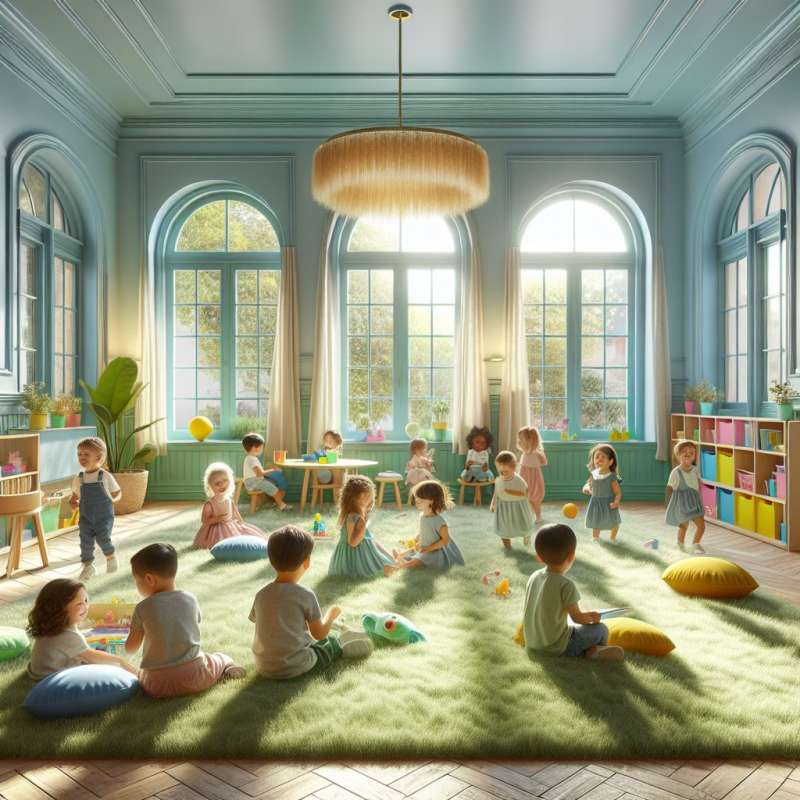
Color Psychology Basics
Colors significantly influence human perception and behavior. Preschools utilize color psychology to create environments that enhance learning, mood, and behavior in young children.
Multicolors Stimulate Learning
Children are naturally attracted to bright colors. Multicolored classrooms stimulate visual learning and help children to differentiate, sort, and categorize objects, which are key aspects of cognitive development.
Emotional Responses to Colors
Different colors evoke different emotions. Blue promotes calmness and concentration, yellow enhances optimism and creativity, while red can increase energy and attention, important in active learning areas.
Effects on Classroom Behavior
Colorful environments can reduce destructive behavior and promote interaction among preschoolers. Properly chosen colors can create an inclusive, engaging space for children to learn and play.
Influence on Memory Retention
Color aids memory retention and recall. Using varied colors in teaching materials and classroom decor can help preschoolers remember information more effectively.
Choosing the Right Palette
Not all colors suit every space. Preschools should consider the function of each area when choosing color schemes, balancing stimulation with areas of calm.
Practical Color Application
Incorporate colors through various elements like wall paint, furniture, and educational toys. Regularly updating colors can re-energize a space and maintain children's interest.
What does color psychology influence?
Only visual preferences
Perception and behavior
Classroom temperature
Company